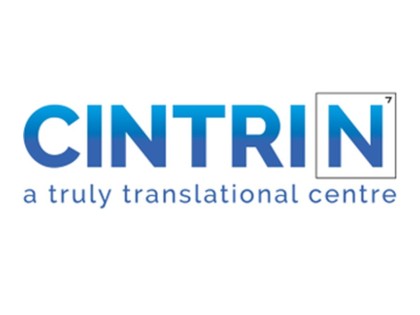
The Cambridge-India Network for Translational Research in Nitrogen (CINTRIN) is a collaborative virtual centre between the UK and India, addressing the challenges posed by nitrogen use.
GET INVOLVED
Cereal production is central to food security both in India and in the UK but yield increases have been supported by fertiliser inputs (particularly nitrogen, as well as phosphate and potash). New opportunities exist to provide solutions to cereal crop N use via the translation of basic research into application. CINTRIN will establish a complete but flexible pipeline connecting developmental research, crop breeding, agritechnology and extension.
This virtual joint centre in agricultural nitrogen use provides a mechanism for drawing together a wider network of scientists and collaborators, including annual CINTRIN workshops, plus academic exchanges and training in India and in the UK. CINTRIN will establish a complete but flexible pipeline connecting developmental research, crop breeding, agritechnology and extension in India and in the UK.
The India-UK CINTRIN partnership represents a powerful alliance of academia, research institutes and business, and provides a timely demonstration of the synergy that arises when end-to-end approaches address specific targets for reducing the use of agricultural nitrogen by exploiting plant genetics.
It is a collaboration between multiple academic and commerical partners, led by NIAB in the UK and the International Crops Research Institute for the Semi-Arid Tropics (ICRISAT) in India. It also brings together the Department of Plant Sciences and The Sainsbury Laboratory at the University of Cambridge, ADAS, the Punjab Agricultural University, the National Institute of Plant Genome Research (NIPGR) and agri-IT and bio-technology specialists KisanHub.

CINTRIN is one of four new Virtual Joint Centres in Agricultural Nitrogen: IUNFC; NEWS India-UK and INEW delivered in partnership by the Biotechnology and Biological Sciences Research Council (BBSRC), the Natural Environment Research Council (NERC) and the Department of Biotechnology India (DBT) as part a Newton-Bhabba Fund.

Aims
- To develop translational genomics approaches from models to crops
- To explore native variation
- Induced mutations and pre-breeding
- To build capacity and network
Objectives
- Prime the translation of biological N use from models to cereal crops - exploiting genomic resources and world-leading bioinformatics capabilities.
- Define optimal N use by key cereals: wheat, pearl, sorghum and foxtail millet - natural variation in N partitioning and physiological N use for growth.
- Translate N knowledge via genomics-led pre-breeding - develop next-generation germplasm for breeding in the UK and India.
- Validate outcomes for field-based N use - evaluation of optimal field N application and allocation in the UK and India.
- Develop and deliver resources for breeders and farmers - applications for optimal N use available to UK and Indian farmers.
- Build and expand the CINTRIN network - trainings, collaborations and development.
